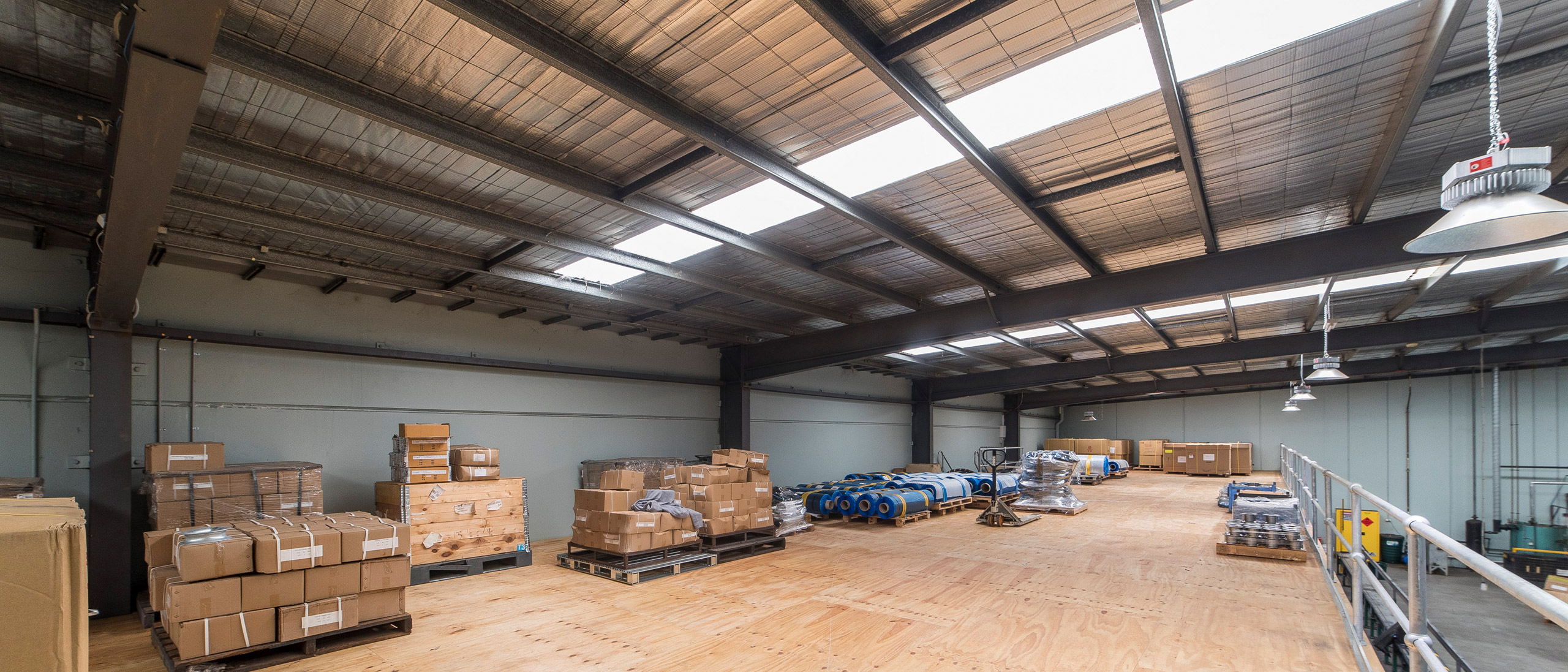Warehouse Design for Efficiency
There are many factors that will affect the efficiency of your Melbourne warehouse, although much of these are due to your supply chain. The speed of delivery to and from your warehouse, reliability of external stakeholders, and logistical timing are all issues that are generally out of your control. However, a well-designed warehouse layout will lessen the impact on your warehouse efficiency. Carefully designing your commercial space will assist with logistical schedules, order picking efficacy, and storage expansion.
Logistical efficiency
Logistical efficiency depends greatly on a well-planned unloading and loading schedule. Nonetheless, the key to determining dock assignments for inbound and outbound carriers depends on an equally efficient internal system, supported by the layout design of the building. To keep all schedules on track, unloading and loading procedures need to ensure trucks are dealt with fast between deliveries and dispatching. In order to make this happen, loading docks need to be cleared and stock stored quickly between deliveries. To assist with this, you should allocate temporary storage space close to the docks for checking deliveries and holding the stock until it can be moved to its assigned storage space. Likewise, when dispatch trucks arrive they need to be loaded swiftly—and with the correct orders. Therefore dispatch docks should also be allocated enough room to ensure cartons and pallets are clearly separated for each order and truck.
Order picking
For order picking efficiency, there are many different order-picking methods to choose from. Methods combine single-order or batch picking, sort-while or sort-after picking, and sequential or concurrent zone picking. The decision on which order picking method/combination to use will have an impact on other decisions for your warehouse design. For example, if you choose a method incorporating sort-after picking, you will need a downstream sorting system. A warehouse layout based on minimum picking distance and the appropriate picking system for your customer demands will ensure an optimum picking combination.
Storage solutions
Storage solutions in the warehouse are sought in answer to the storage location assignment problem (SLAP). Assignments of incoming goods to locations in storage departments/zones are constrained by storage capacity and efficiency, picker cycle time, and compatibility between products to storage locations. Decisions do need to be made regarding pallet storage or box storage, the incorporation of dedicated storage areas for specific customers, and SKU allocations. However, the SLAP can be easily solved through some innovative planning around the physical configuration and layout of storage areas.
Mezzanine Storage
Mezzanine floors are a progressive and resourceful way to improve storage efficiency in warehouses. A great example of this is the use of mezzanine flooring as an upper reserve area for a forward reserve zone. The forward reserve is the common practice of creating a ‘‘fast pick’’ area for high-demand, fast-moving products. These forward reserve areas are then replenished from the upper reserve/mezzanine floor. Other efficient uses for mezzanine flooring include, but are not limited to:
- A small-items pick area
- General bulk storage
- Redistribution of storage when increasing space in dock areas reconfiguring picking aisles finding SLAP solutions
Warehouse design solutions should be simple, intuitive, and reliable. A mezzanine floor design is the perfect solution to maximise on your warehouse layout, delivering new space that can be utilised in a number of ways.
Call Dynamic Warehouse Solutions today for more information on designing or redesigning your Melbourne commercial space.


